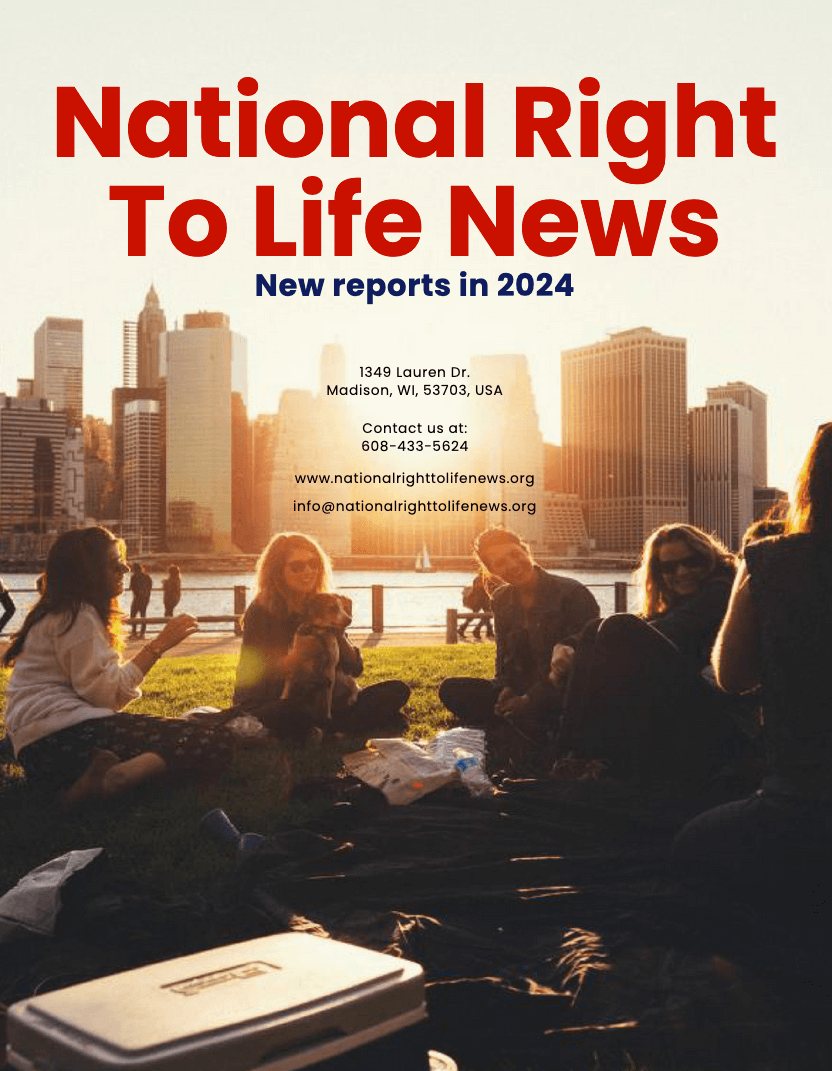We’re out of our home for a few days so we wind up reading the newspaper a day or two late.
But I about choked on my apple crunch muffin this morning when I read a book review by Steven Moore that appeared earlier this week in the Washington Post.
The title of the book under review (in English) is “Frogs,” written by Mo Yan, which was published in 2009 but just translated into English by Howard Gold blatt.
To be completely clear, I have not read the book, only multiple reviews, including the one we published today by Marcus Roberts which quotes extensively from the New York Times review written by Julia Lovell. And with good reason.
Lowell says of “Frogs”
It is an anarchic, brutal book about the inhumanity of servants of the Communist state, the inadequacy of Chinese men and the moral vacuum at the heart of post-Mao China.
Understand the novel is about the nightmarish, even surreal world of China’s one-child policy that is undergirded by human rights violations of the most grotesque kind, including forced abortion, coerced sterilization, and (as a result of the limitation on children) infanticide, almost always of baby girls.
But to Moore, who we are told is a novelist, this amounts to a “social experiment.” He trivializes the abuses in the first couple of paragraphs–
Mo Yan dramatizes the pain and exasperation felt by villagers who decry the policy as unnatural and are especially frustrated if their first and only child is a girl
–only to tell us
But he also gives equal time to justifications of the policy.
(No other reviewer that I’ve read came to that conclusion.)
But in Moore’s review it is the justifications that get far, far more time than the inhuman treatment of the Chinese in general, and women and female babies in particular: Too many people, environmental degradation, even a kind of second cousin to the familiar argument that hoodlums will proliferate if the “wrong” people do not abort in sufficient numbers.
The nephew (Tadpole) of Gugu, the midwife turned cold-blooded abortionist, chastises Westerners for not understanding how necessary the one-child policy was/is. Moore writes
Tadpole’s case is strengthened years later when he is almost killed by a teenage hoodlum who turns out to be one of the few fetuses that Gugu, in a moment of weakness, decided against terminating.
And on and on, rationalization after excuse after justification.
Lowell was much, much closer to the truth when she concluded (that along with another book published in 2012)
“Both describe a country that has lost its way, a land in which a repressive state has rendered individuals incapable of making independent moral judgments about political, economic and social behavior and in which women continue to suffer at the hands of reckless male politicians and son-fixated husbands.”
Daniel Miller is responsible for nearly all of National Right to Life News' political writing.
With the election of Donald Trump to the U.S. presidency, Daniel Miller developed a deep obsession with U.S. politics that has never let go of the political scientist. Whether it's the election of Joe Biden, the midterm elections in Congress, the abortion rights debate in the Supreme Court or the mudslinging in the primaries - Daniel Miller is happy to stay up late for you.
Daniel was born and raised in New York. After living in China, working for a news agency and another stint at a major news network, he now lives in Arizona with his two daughters.

